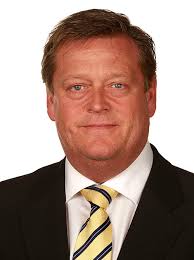Higher prices fear as Barents quotas cut

NORWAY and Russia have reached broad agreement on catches in the Barents Sea next year – and it will mean less cod and haddock reaching European markets, likely leading to higher prices.
With the Barents Sea, the two countries share arguably the richest fishing grounds in the northern hemisphere and although the cod stock is in good condition, they have decided to follow the advice marine scientists and catch less next year.
They also agreed on the continued sustainable management of the important common stocks.
But white fish prices, particularly for haddock, have risen sharply this year and buyers have expressed fears that further quota cuts will see them go higher.
The cod quota, set at a million tonnes just a few years ago will be 725,000 tonnes for 2019, down by around six per cent, but considerably less than the 674,600 tonnes recommended in the summer by the International Council for the Exploration of the Seas (ICES).
Norway\’s share of this figure will be 328,697 tonnes, including 21,000 tonnes of coastal cod and 7,000 tonnes of cod for research.
ICES’ advice is based on joint studies of the current stock by scientists from Norway’s Institute of Marine Research and the Marine Institute in Murmansk, Russia.
The total haddock stock next year will be 172,000 tonnes, down from 202,000 tonnes this year, but still 20,000 tonnes higher than the ICES recommended figure. Norway, which sells a lot of haddock to the UK, will take just over 85,000 tonnes of that figure.
The Norwegian fisheries minister, Harald Tom Nesvik (pictured), said: ‘After another round of constructive and good negotiations with Russia, I am pleased that we have reached an agreement for 2019, which means we can still harvest sustainably from our common resources in the Barents Sea.’

